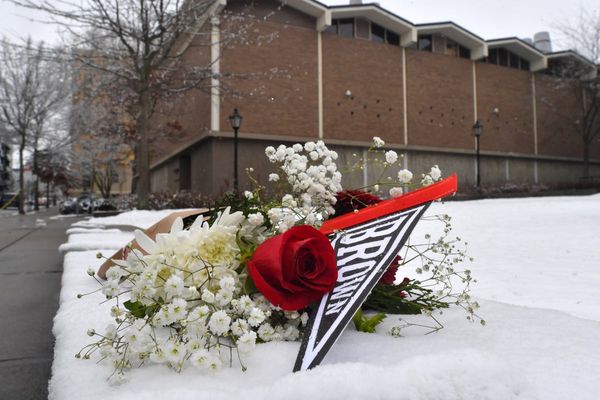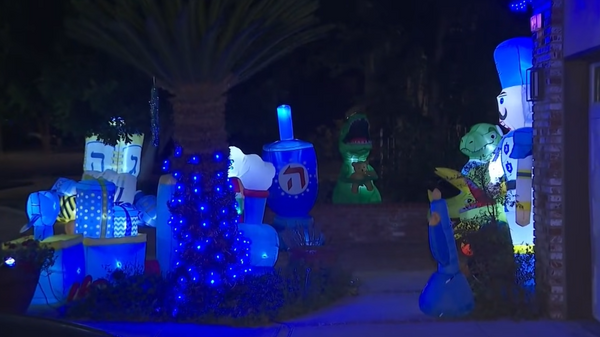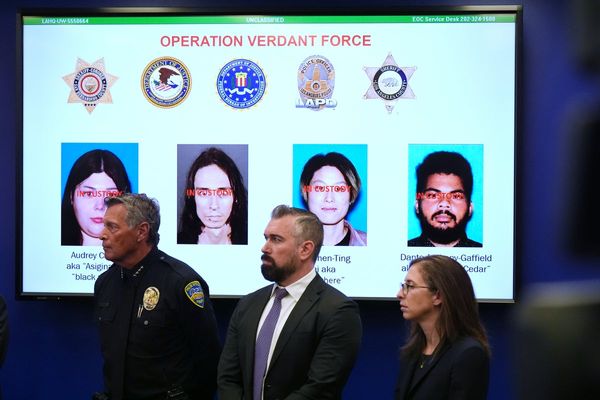
As Brazil prepares to host the UN’s climate conference next month, its coffee industry is under growing scrutiny for fuelling massive deforestation – and for threatening the very crop that made the country famous.
While the damage caused by cattle ranching and soy farming is well known, coffee’s role in deforestation has gone largely unnoticed. Yet between 1990 and 2023, the area planted with coffee in Brazil more than doubled – from 600,000 to 1.23 million hectares.
Much of that expansion has eaten away at the once-rich Mata Atlantica, or Atlantic Forest, one of the world’s most endangered ecosystems. Once covering 1.2 million square kilometres, less than 10 percent of the dry forest now remains.
Brazil, the world’s biggest coffee producer, supplies nearly 40 percent of the global total. That success has come at a heavy ecological cost – especially in the coffee heartlands of Minas Gerais state, north of Rio de Janeiro, where the forest lies.
Ghana faces mounting pressure to take action over illegal mining
Massive losses
The NGO Coffee Watch, which tracks the industry’s impact, estimates that coffee farming has wiped out more than 11 million hectares of forest in high-density production areas since 2001.
“Between 2001 and 2023, coffee destroyed an area of forest equivalent to the size of Honduras,” Etelle Higonnet, founder and director of Coffee Watch, told RFI.
That figure reflects several overlapping trends. Direct forest loss from clearing land for coffee accounts for about 300,000 hectares, while wider deforestation across coffee farm properties adds roughly 740,000 more.
The rest comes indirectly: new roads that cut through forests, urban growth around coffee regions, and what campaigners call “deforestation laundering” – where coffee takes over land that was already cleared for other uses.
Coffee Watch used detailed satellite data to reach these estimates, finding the highest levels of destruction in Minas Gerais.
'Cannibal commodity'
The loss is not only ecological but also a threat to the coffee crop itself. Forests such as the Amazon act as a “rain machine”, regulating water cycles through atmospheric rivers that carry moisture southwards to Brazil’s coffee belt.
“Scientifically, we can show very precisely how deforestation for coffee has destroyed the region’s hydrological cycle,” Higonnet said. “It has led to droughts, then to harvest crises. Coffee has become a cannibal commodity that destroys the system it needs.”
Since 2014, rainfall anomalies have become the norm across Brazil’s coffee-growing areas. Severe droughts in 2014-2017, 2019-2020 and again in 2023 slashed yields. In 2014, rainfall in key coffee regions like Minas Gerais fell as much as 50 percent below normal during the crucial bean-development months.
Jane Goodall: 'Every one of us makes a difference – it's up to us what kind'
Economic, climate pressures
That instability has pushed prices sharply higher.
Between 2023 and 2024, coffee prices rose more than 40 percent. And climate models suggest things could get far worse. Under moderate greenhouse gas scenarios, Brazil could lose up to two-thirds of its Arabica-suitable land by 2050.
Despite these warnings, there are few programmes to limit coffee-related deforestation.
“Coffee is the sixth-leading cause of global deforestation, yet it gets no attention,” Higonnet said, adding that palm oil, by contrast, is now covered by multiple zero-deforestation initiatives.
Coffee Watch estimates it is almost certain that most consumers’ morning coffee is linked to deforestation if it comes from Brazil.
Tanzanian farmers in the shadow of Mount Kilimanjaro struggle to cope with climate change
Only a few certification schemes exist. Coffee with the Smithsonian Bird-Friendly label is guaranteed to be free from deforestation, but it makes up just about 1 percent of global production. The Rainforest Alliance also certifies coffee under strict rules on the environment and working conditions, though its forest standards are less demanding than Smithsonian’s.
Brazil’s coffee industry also faces severe human rights issues.
“Farm inspections remain minimal,” Higonnet said. “Brazilian authorities checked only 0.1 percent of farms. Even with that tiny sample, they found 3,700 enslaved workers who were freed.”
Organic and fair-trade labels, she added, do not monitor deforestation either. And none of the current certifications guarantee farmers a living income, making it harder for them to stop clearing land.
Europe delays import rules
The European Union is developing a law to ban products linked to deforestation from entering its market, and coffee is on that list. Producers will have to prove their goods did not come from land cleared after 2020.
But enforcement has already been pushed back twice – first from December 2024 to 2025, then again to 2026 – after pressure from several exporting countries, including Brazil.
The European Commission has said it plans to “soften” the rules, as political support for environmental measures weakens across the EU.
EU postpones anti-deforestation rules as bloc signs trade deal with Indonesia
Some projects show there are better ways to grow coffee. One of them is agroforestry – planting coffee among trees instead of clearing the land.
The trees help keep the soil moist, lower temperatures and protect crops from heat. Indigenous communities have used this method for centuries, creating a kind of natural shield against climate shocks.
In regions like Brazil’s Zona da Mata, where agroforestry is more common, farms kept more soil moisture during the 2021 drought.
But the practice is still rare. In major coffee-producing areas such as Minas Gerais and Sao Paulo, it covers less than 1 percent of farmland.
This story was adapted from the original version in French by RFI's Simon Roze.







